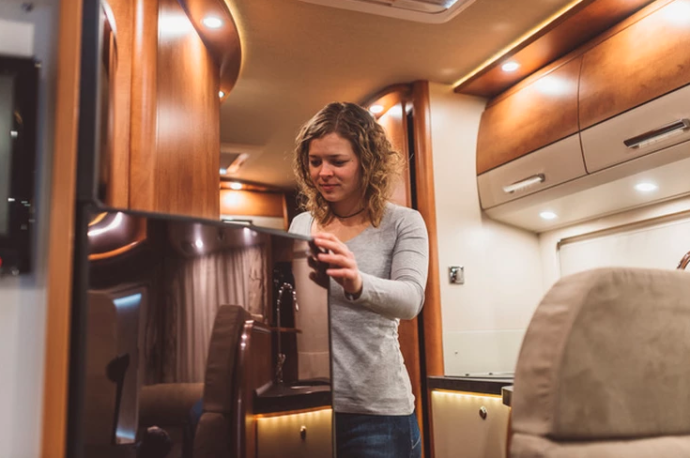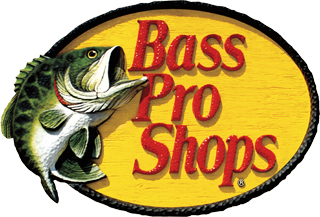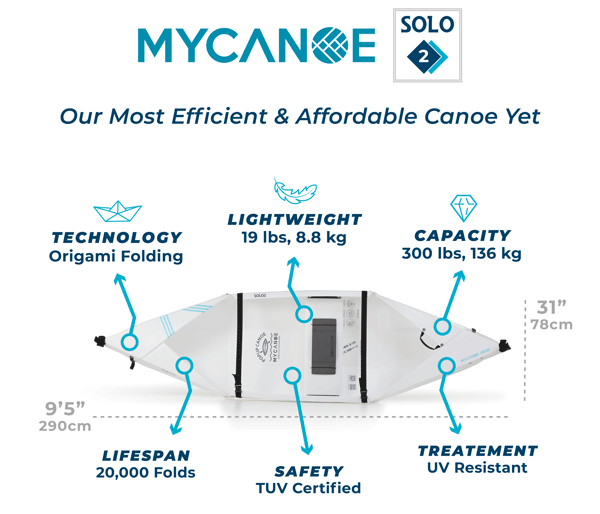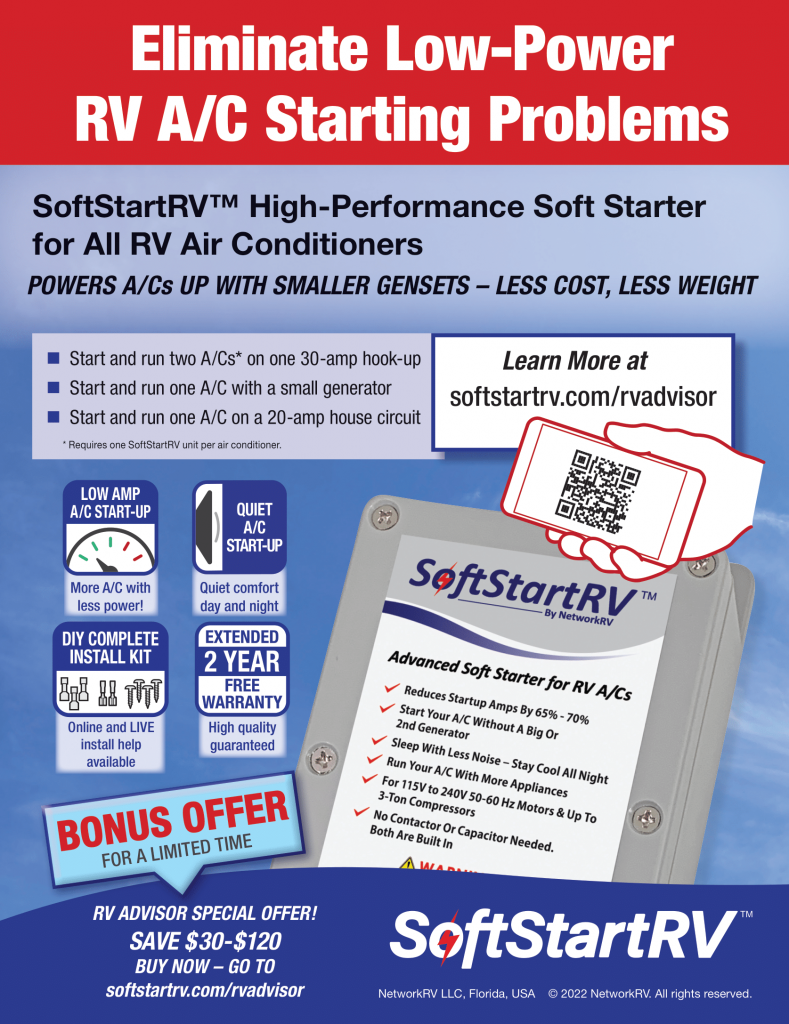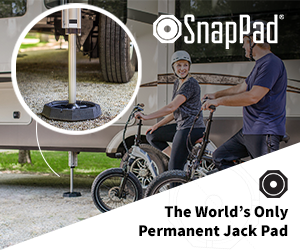5 considerations for staying on the right side of cold
Maintenance is a full-time job with an RV. With so many moving parts, there’s always something to keep an eye on. One of the joys of RV living is eating on the road, and nothing beats having fresh snacks and cold drinks for the journey.
Your fridge isn’t only essential for storage; it’s also your ally in saving money while you travel. The right level of upkeep on your fridge means you’ll be self-sufficient when it comes to provisions, so there’s no need to stop at restaurants and spend more. Here’s our guide on how to properly care for your food’s best friend.
What they are and how they work
Your RV fridge is an absorption model, which uses a flame to heat a combination of hydrogen gas, water and ammonia. These chemicals evaporate in the heat and produce condensation, which cools the fridge. You’ll need to know the kind of fridge you’re running before you can properly maintain it.
RV fridges come in two basic types: two-way and three-way. Two-ways are a very common model and rely on either propane or 110-volt AC for their power. Three-ways also operate on these two power sources while being compatible with 12-volt DC.
The energy supply of your RV fridge needs attentive moderation. For safety reasons, it’s not recommended to drive with a propane-supplied fridge running. Even if your fridge is powered electrically, running it while driving may drain the RV’s main battery.
Once you know which type you’re running, it’s not too hard to maintain and care for it properly. This care should start before your trip begins.
Cool down before you hit the road
The best way to ensure your fridge gets a jump on your road trip is turning it on to its coldest setting the night before. Letting it run overnight will give it plenty of time to cool to maximum efficiency and be ready to chill your provisions when you load up.
When we say load up, we don’t mean stuff your fridge too full! Leave space for air to circulate, as this will help your RV keep things cool more effectively. You can also give your RV a helping hand by stocking it with already chilled or frozen foods from your domestic fridge. This will put less energy demand on your RV than compared to room temperature or hot items.
The ideal temperature for your fridge is under 40 degrees F and under 10 degrees for the freezer. Another cool tip is keeping door openings for both compartments to a minimum. It takes your fridge up to an hour to regain the cold lost from only a minute of the door being open.
Keep things on the level
It may seem commonsense not to park an RV on too steep a slope. Ornaments and occupants falling off shelves and chairs should always be avoided. Minimal slope parking is advocated by some RV owners, as it can help drain off rainwater. Your fridge may seem outwardly sturdy and OK on a slope, but its contents, especially its cooling system, won’t be.
Some RV owners may make the mistake of thinking a level RV means a level fridge. It’s always best to monitor your fridge level separately with an item like this or one of these (you may also want to purchase an RV refrigerator fan).
Your fridge’s cooling chemicals are gravity-dependent and need to be able to circulate on a level platform. If they can’t, thawed-out food may be the least of your worries; an off-kilter RV fridge could potentially catch fire or explode. You will have to go up the occasional slope while you’re on the road, of course but it’s no cause for worry. Problems are only likely to arise if you’re off-level for upwards of half an hour or so.
Don’t let your fridge get too cold
Too much cold in a fridge can be bad? You bet it can. Keeping a thermometer in the fridge is a good way to check it’s not too hot or too cold (as well as avoiding the over-40 degrees F limit). An over-iced freezer can thaw by turning the fridge off for a while. Owners should never use any sharp implements to remove frost or ice, as this is very dangerous both to them and the unit.
Check out what other RVers suggest for making defrosting an easier job.
Be fan-friendly
Checking every fan involved in your fridge’s operation is essential. This includes outside wall, roof and bottom sidewall vents for any obstructive materials. If air can’t flow freely, it can interfere with the propane burner or cause overheating. The fan common in domestic fridges isn’t always present in their RV counterpart. If it is, be sure to inspect it regularly.
If it isn’t, we recommend buying one. Muffin fans are a popular choice because they’re effective and relatively easy to install. Your fan won’t have to work so hard if your fridge door closes well. You can test this using a small piece of paper in the closed door. The harder it is to drag around, the more effective your door seal is.
Keep in mind that external factors affect your fridge. Parking in direct sunlight for a while will require all your fans to work overtime and may raise the fridge temperature. Conversely, a chilly day may cause the fridge to get too cool.
What the market is offering now
Thinking of buying your first RV fridge or replacing your current one? There’s no shortage of choice. You can browse what’s on offer here and here. Reviewing the latest options will help you choose the best fit for your RV in terms of capacity, size, options and price.

